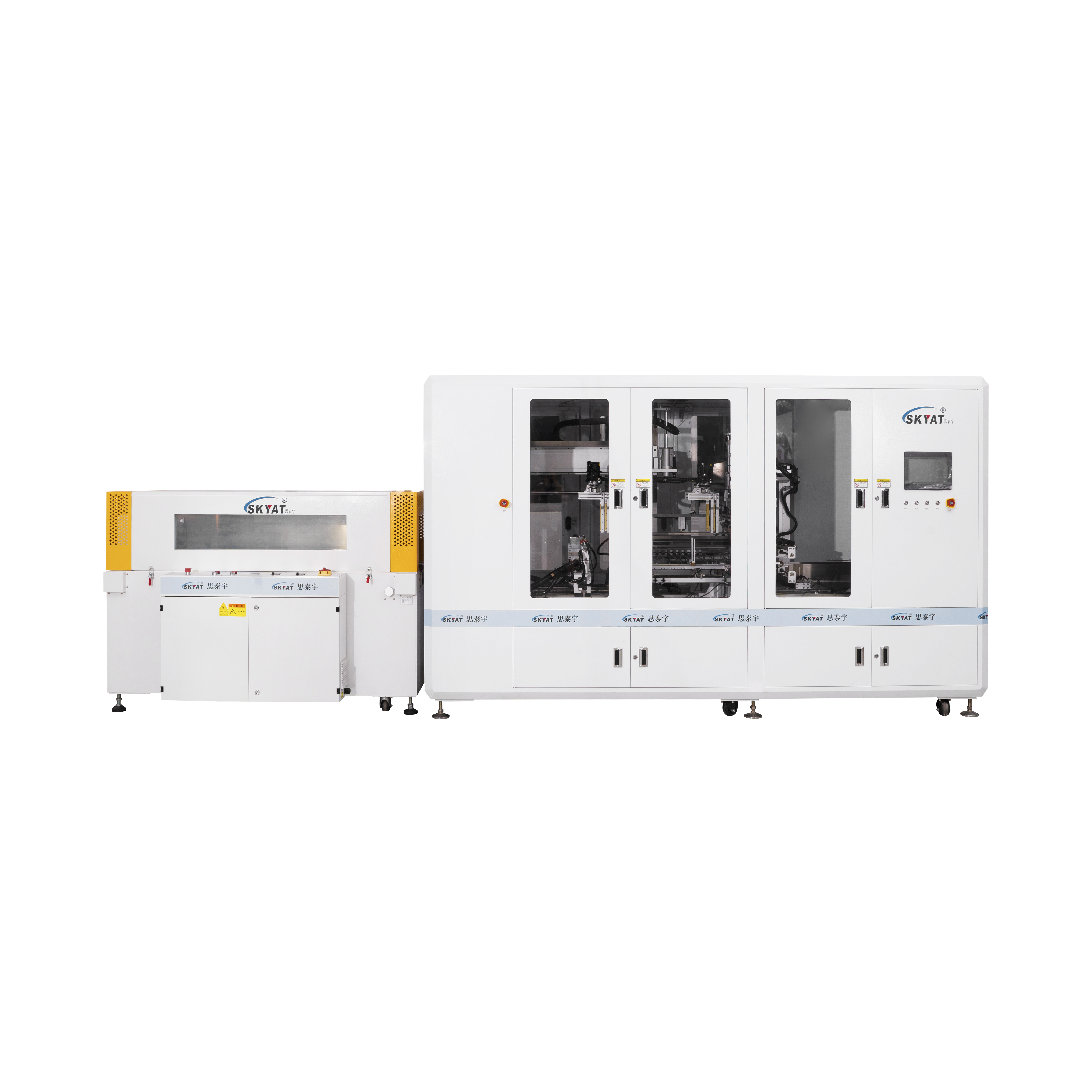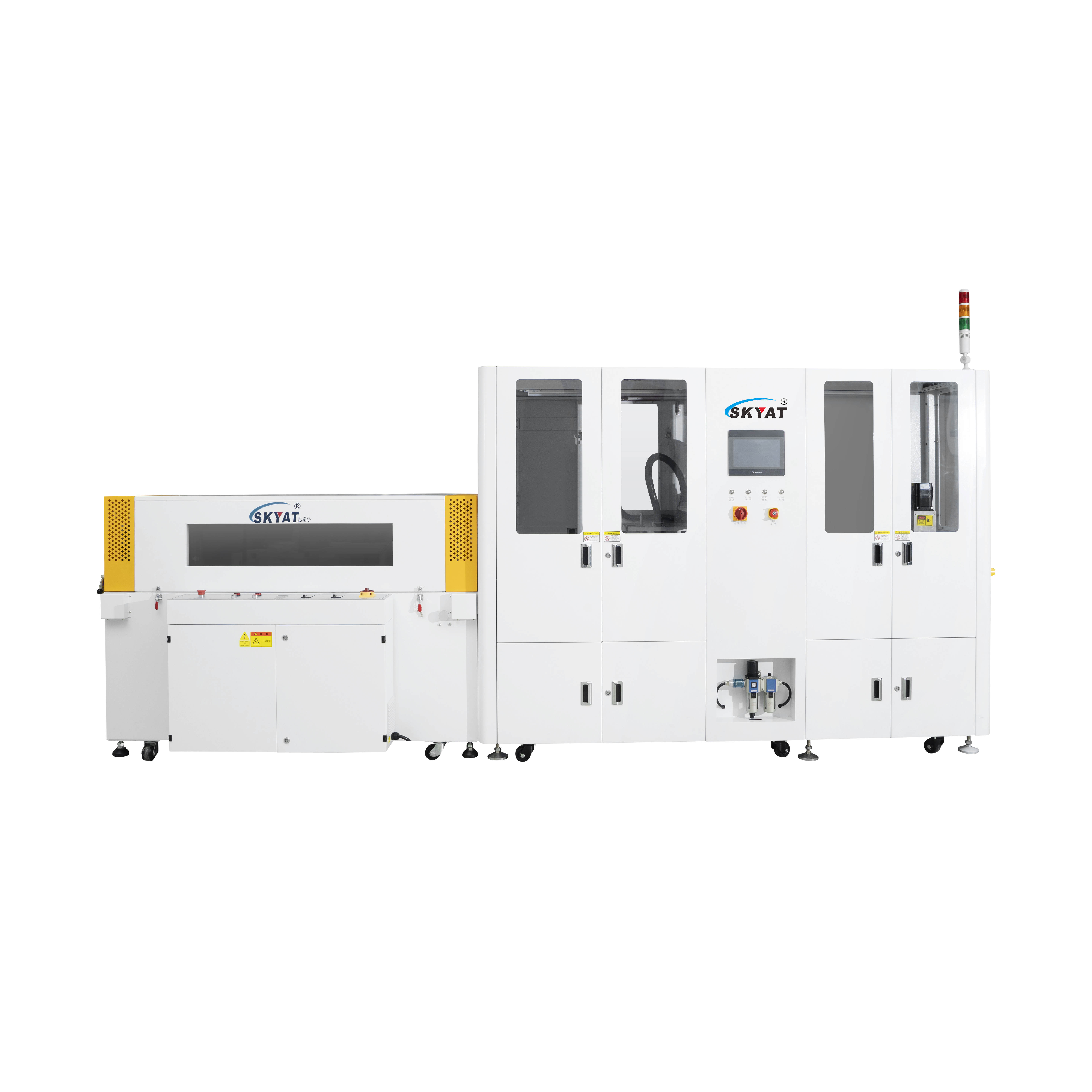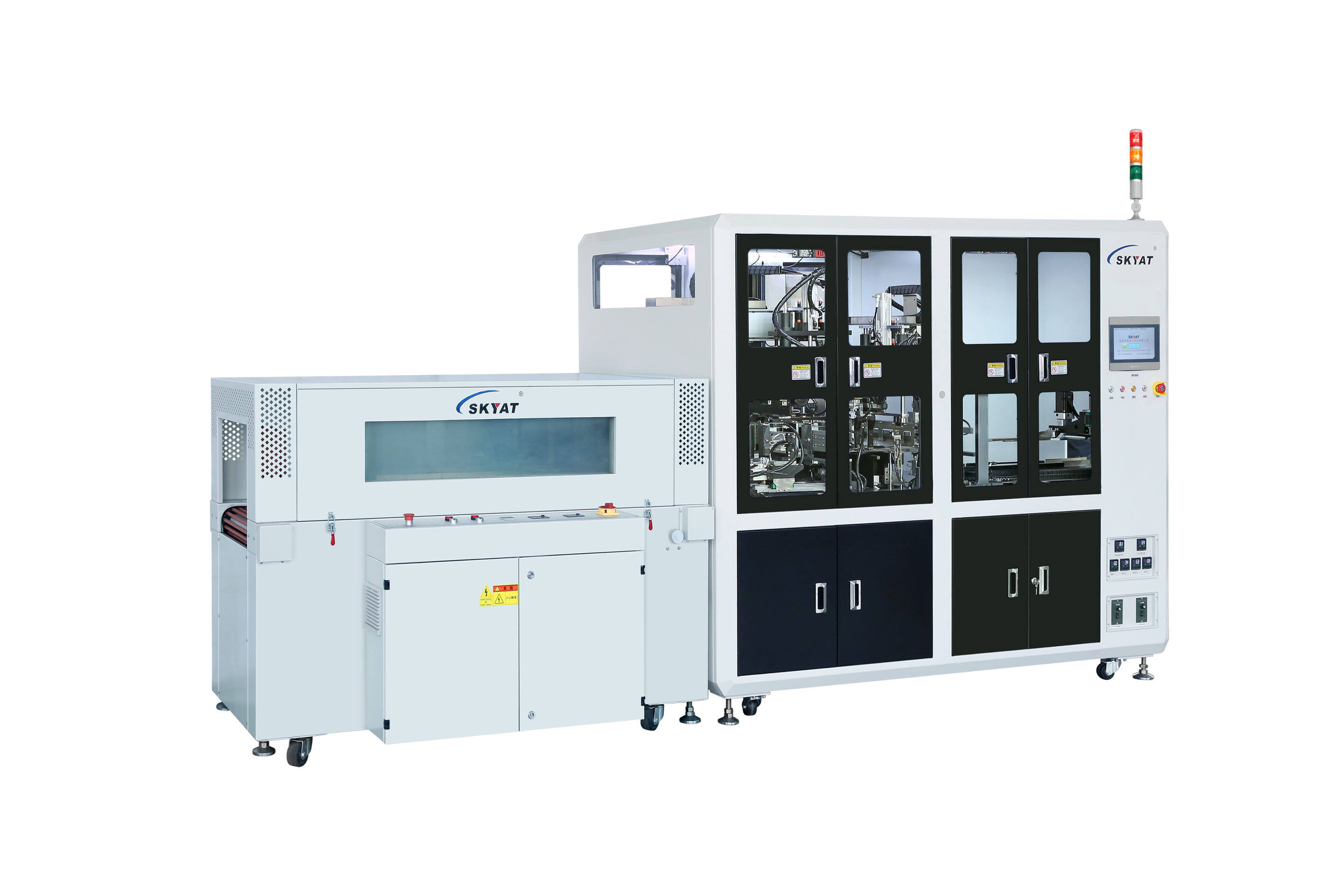Maintaining your shrink wrap machine is essential to ensure consistent performance, extend its lifespan, and avoid costly downtime—whether you operate in electronic manufacturing, pharmaceutical production, tea processing, or any other industry that relies on efficient packaging. Regular maintenance not only keeps the machine running smoothly but also helps maintain product quality, as a well-functioning machine delivers uniform, secure wraps that protect goods during storage and transit. Start with daily maintenance tasks. Before each shift, inspect the machine’s conveyor belt for debris, such as dirt, broken film pieces, or product residues, which can cause jams or uneven wrapping. Clean the belt using a soft brush or cloth, and check for signs of wear, like fraying or cracks; replace worn belts promptly to prevent operational disruptions. Next, examine the heating elements—critical components for shrinking film. Dust and film buildup on heaters can reduce their efficiency, leading to uneven heating and poor shrink results. Wipe them down with a dry cloth ensure the machine is powered off to remove debris, and verify that temperature settings are calibrated correctly for the film type you’re using e.g., PVC, PE, or POF. Weekly maintenance should focus on moving parts. Lubricate bearings, gears, and chains with a manufacturer-recommended lubricant to reduce friction and prevent rust, especially important in humid environments like those found in some food processing or cosmetic production facilities. Check the tension rollers for proper alignment; misaligned rollers can cause film to stretch unevenly, resulting in loose or wrinkled wraps— a particular concern for industries like electronics, where precise packaging protects delicate components. Additionally, inspect electrical connections, including wires and plugs, for signs of damage or overheating such as discoloration, and tighten loose connections to avoid short circuits. Monthly tasks involve deeper inspections. Test safety features, such as emergency stop buttons and heat shields, to ensure they function correctly—vital for operator safety in high-volume settings like automotive part manufacturing or steel product packaging. Check the film roll holder and guides for wear; worn guides can cause film to feed unevenly, wasting material and slowing production. For machines used in industries with strict hygiene standards, such as pharmaceuticals or healthcare products, sanitize all contact surfaces with approved cleaning agents to prevent contamination. Seasonal or quarterly maintenance should include professional servicing, especially for complex components like temperature control systems and motor assemblies. A qualified technician can calibrate sensors, check for hidden wear, and replace aging parts before they fail. Keep detailed maintenance records, noting dates of inspections, repairs, and part replacements—this helps track the machine’s performance over time and plan for future maintenance or upgrades. By following these tips, businesses in diverse sectors, from drone production to clothing manufacturing, can keep their shrink wrap machines operating at peak efficiency, minimizing disruptions and maximizing return on investment.




Copyright © 2025 By Skyat Limited. - Privacy policy